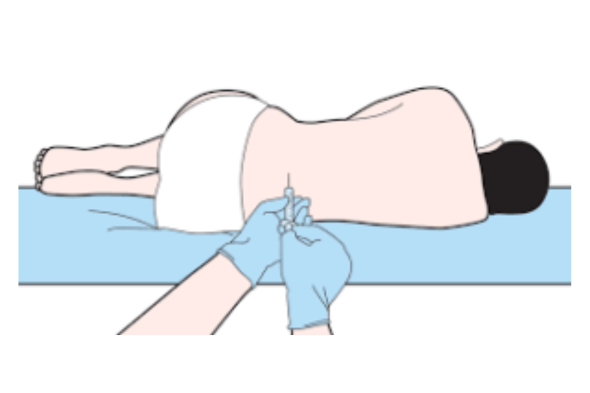WORKING HOURS
7 Days a Week from 24 Hours
LOCATION AND ADDRESS
HOTLINE & GENERAL INFORMATION
AHM +91-7043008890 | BLR +91-6366209990 | CHR +91 9501768105
Amyotrophic Lateral Sclerosis:




What Is Amyotrophic Lateral Sclerosis?
How Prevalent Is ALS?
- Although not specific but CDC report have suggested that until now almost 12000-15000 people in the United States have reported to be suffering from the deadly disease. On an average, the general prevalence rate of ALS has been observed to be 3.9 per 1,00,000 patients. This ratio increases every year with increase in the overall reported cases. The data is also proportional to the age, as the age increases the prevalence of the disease also has been observed to increase.
- The people with 18-39 have the lowest prevalence rate of 0.5 per 1,00,000 people, whereas the age group between 65-80 years have reported to have the highest prevalence rate of 17 per 1,00,000 patients. More specifically, the males have higher prevalence than females with the reported ratio of males to females is 1.56.
- In the ethnic database, it has been reported that whites accounted for almost 79% of the reported cases as compared to the blacks with 6.5%.
- Overall about 5-10% of the cases have been reported within the families with same equalities among men and women. This occurrence has been linked up with the mutated gene on chromosome 9.

Factors Responsible For Juvenile Diabetes
Symptoms Associated With The ALS
What Goes Wrong In ALS!

How Stem Cells Treatment Can Help!
Stem cells are the mother cells that are responsible for developing an entire human body from a tiny two celled embryo; due to their unlimited divisions and strong power to differentiate into all the cells of different lineage. This power of stem cells has been harnessed by the technology to isolate them outside the human body, concentrate in the clean environment and infused back..
In type 1 diabetes, due to autoimmune reaction, body’s own defense system can damage insulin producing beta cells; due to which insulin production is stopped. Without enough insulin glucose gets accumulated in the blood stream itself. This build up of glucose may lead to hyperglycemia.
Treatment Of ALS At GIOSTAR

INTRATHECAL ADMINISTRATION

INTRAVENOUS ADMINISTRATION
What Sets Us Apart
- Headquartered in the USA.
- The founder is the leading authority in the field of stem cell science credited with helping in setting up the stem cell research programs at top research institutions in the USA including Salk Research Institute, Sanford-Burnham Institute, UCI, UCSD.
- Scientific And Medical Advisers/Consultants are luminaries who have worked at leading Universities in the USA and Europe.
- State of the art and the first private Stem cell treatment hospital in India inaugurated by (then Chief Minister of State of Gujarat) and present Prime Minister of India Shri Narendra Modi
- One of the world’s largest Stem Cell Hospitals funded by the government of Gujarat, India.

Disclaimer : Results may vary for each patient. GIOSTAR practice the application of stem cell therapy within the legal regulations of each country.

